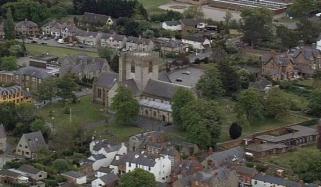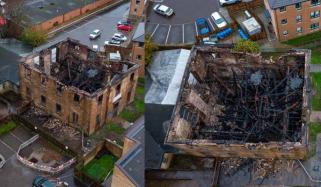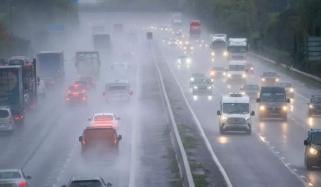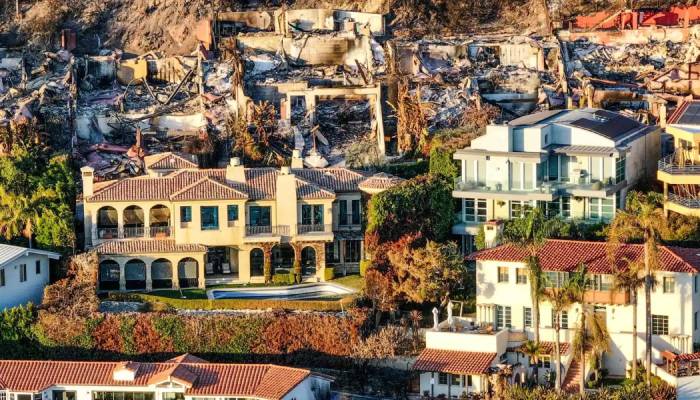
Wildfires in Los Angeles have caused massive destruction, completely burning down more than 10,000 houses.
Even after such a devastating fire, some homes remarkably remain intact and appear almost completely untouched.
In a highly intense fire, it’s not unusual for some homes to remain undamaged, which may seem like sheer luck.
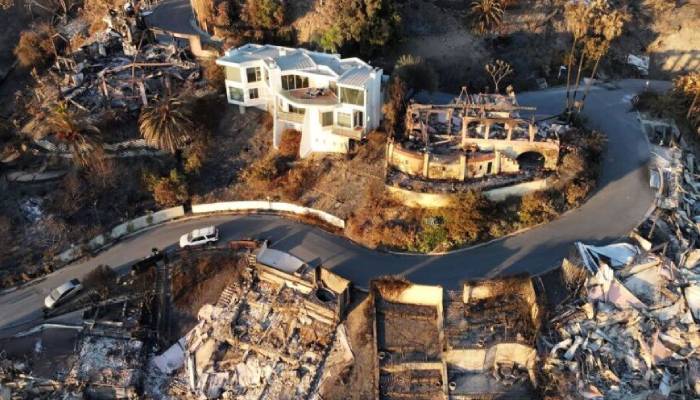
Sometimes, these homes survive because the wind direction changed at the right time or sometimes the homeowners had taken important precautionary steps, such as fireproofing or creating defensible space and reducing flammable plants, as per NPR News.
In California, many of these precautions are mandatory under building codes and rules for clearing defensible space by clearing vegetation.
Fire experts are examining the homes that survived the wildfire to understand what factors contributed to their survival.
Clearing plants and trees:
Steve Hawks, works as a forensic analyst in examining buildings and with his team investigates how buildings withstand extreme fire conditions.
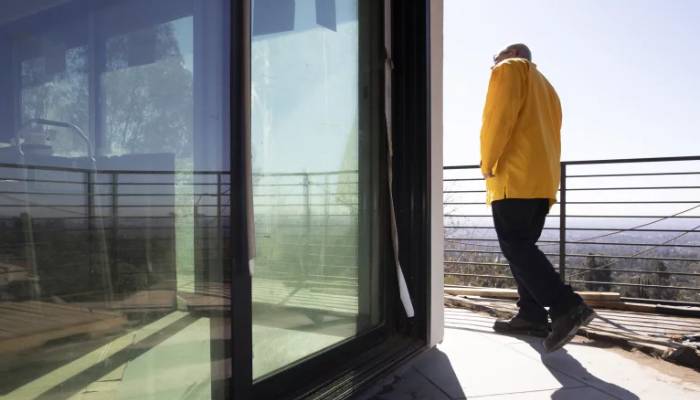
Hawks displays a satellite image of the house before the fire, which shows that the detached garage was surrounded by greenery, with plants growing close to the wall of the garage.
He says, “So you can see vegetation right up against this garage, which likely led to the ignition of this structure.”
It is worth noting that wildfires can spread by embers, which are small burning materials that strong winds can carry over long distances.
If these embers land in a bush or tree, they can start new fires in areas where homes may not be burning, causing the wildfires to spread further.
Creating distance between buildings:
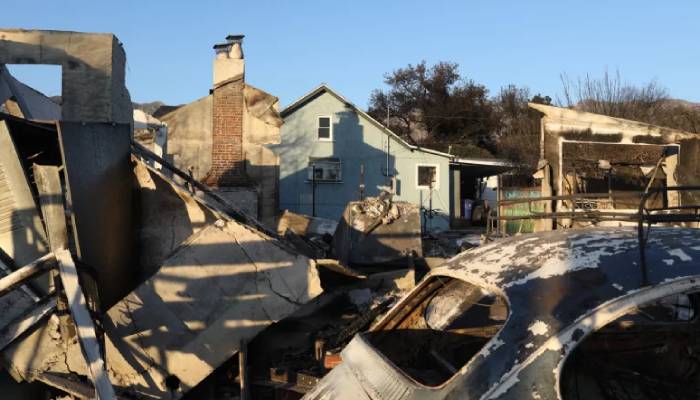
As the detached garage burned, it likely emitted intense heat, reaching temperatures of several thousands degrees which is powerful enough to set nearby buildings on fire.
However, in this case, the main house is located 30 feet away from the garage, which likely helped it from catching fire.
Installing fire-resistant materials in construction:
Hawks notice a burn mark on the exterior wall, likely caused by something next to the house that caught fire. The flames didn’t spread to the rest of the house because the exterior is made of stucco, a material that is less flammable compared to wood.

On the other hand, the house is constructed with several fire safety measures. The roof is made of class A fire-resistant material, the gutters are metal and the windows are double-paned tempered glass, which are less likely to break in high heat.





